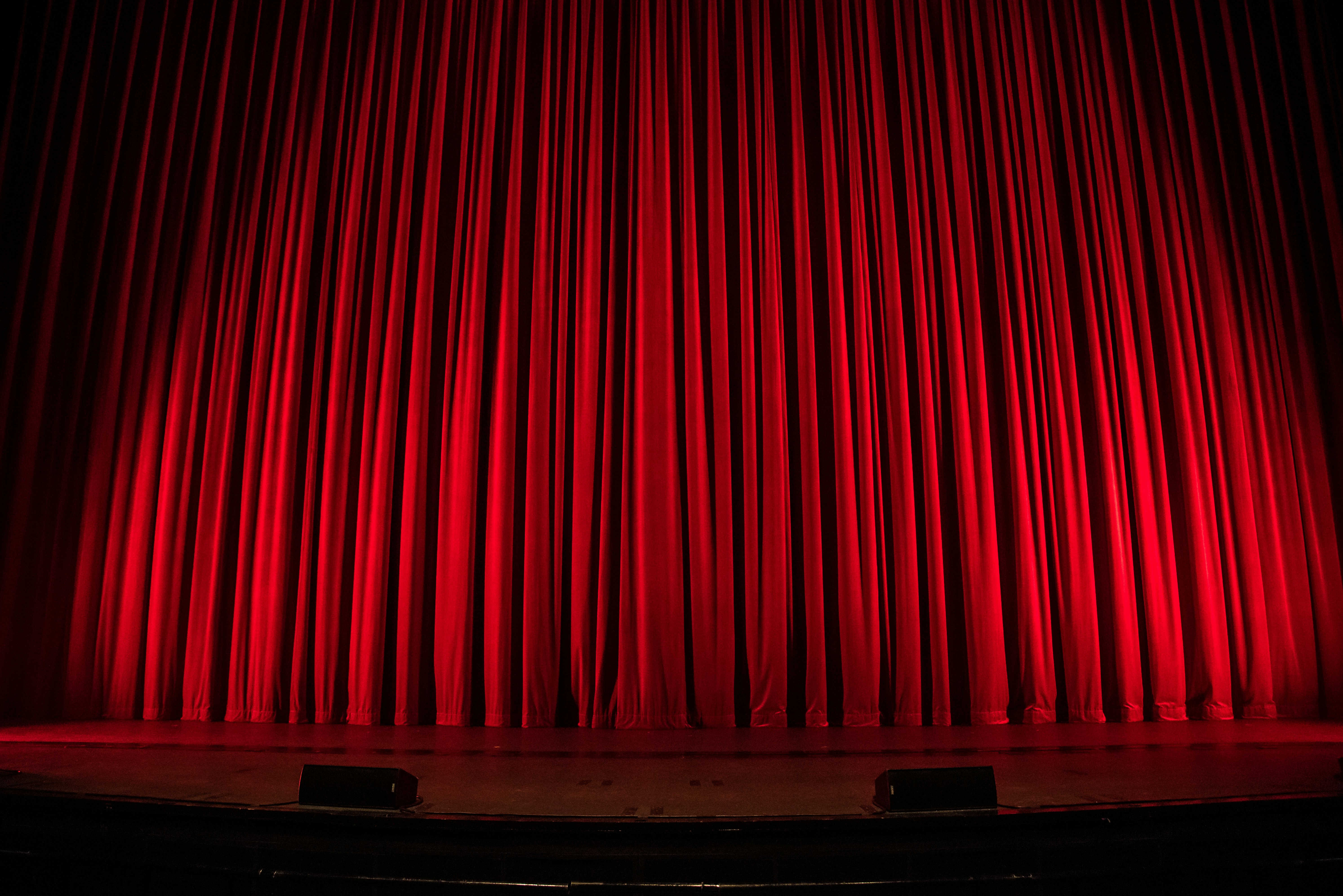Camera Tracking
Definition:
"Camera Tracking" is a technology used to follow camera movements to integrate virtual and real scenes seamlessly. It enables the precise synchronization of virtual elements with live-action footage, creating a cohesive and realistic visual experience.
Detailed Explanation:
Camera tracking, also known as match moving or motion tracking, is a vital technology in film, television, and video production. It involves tracking the position, orientation, and movement of a camera in real-time or during post-production to align virtual elements accurately with the live-action footage. This technology ensures that computer-generated imagery (CGI), effects, and other virtual components move consistently with the live-action camera, maintaining the illusion of reality.
There are two main types of camera tracking: optical and inertial. Optical tracking uses cameras and sensors to detect markers or features in the environment, while inertial tracking relies on accelerometers and gyroscopes to measure movement. Both methods can be used independently or combined for more accurate results.
Camera tracking is essential for various applications, including virtual production, augmented reality, and special effects. It allows filmmakers and content creators to blend virtual sets, characters, and objects with real-world footage seamlessly, enabling more creative and immersive storytelling.
Key Elements of Camera Tracking:
Markers and Sensors:
Optical markers or sensors are placed in the environment to capture camera movements and positions accurately.
Tracking Software:
Specialized software analyzes the captured data to calculate the camera’s movement and translate it into a virtual space.
Integration:
The tracked camera data is used to synchronize virtual elements with the live-action footage, ensuring cohesive and realistic scenes.
Real-Time Feedback:
In virtual production, real-time camera tracking provides immediate feedback, allowing for on-the-fly adjustments and interaction with virtual elements.
Advantages of Camera Tracking:
Seamless Integration:
Ensures that virtual elements move and interact naturally with real-world footage, maintaining the illusion of reality.
Creative Flexibility:
Allows filmmakers to experiment with complex shots and virtual environments that would be challenging or impossible to achieve practically.
Efficiency:
Reduces the need for multiple takes and extensive post-production adjustments, saving time and resources.
Challenges of Camera Tracking:
Technical Complexity:
Requires specialized equipment and software, as well as technical expertise, to set up and operate effectively.
Calibration:
Ensuring accurate calibration of the tracking system is crucial for precise integration, which can be time-consuming.
Environmental Factors:
Lighting conditions, reflective surfaces, and other environmental factors can affect the accuracy of optical tracking systems.
Uses in Performance:
Film and Television:
Used to integrate CGI, special effects, and virtual sets with live-action footage, creating immersive and visually stunning scenes.
Virtual Production:
Enables real-time interaction with virtual environments during filming, enhancing creativity and efficiency in production.
Augmented Reality:
Facilitates the overlay of virtual elements onto real-world footage in real-time, used in live broadcasts, sports, and interactive experiences.
Design Considerations:
When implementing camera tracking, several factors must be considered to ensure it is effective and enhances the overall production quality:
Equipment Selection:
Choose the appropriate tracking system (optical, inertial, or hybrid) based on the specific needs and conditions of the production.
Calibration:
Regularly calibrate the tracking system to maintain accuracy and ensure seamless integration of virtual and real elements.
Environment:
Optimize the filming environment to minimize factors that could interfere with the tracking system, such as lighting and reflective surfaces.
Conclusion:
Camera tracking is a technology used to follow camera movements to integrate virtual and real scenes seamlessly. By capturing and synchronizing camera data with virtual elements, camera tracking ensures cohesive and realistic visual experiences in film, television, virtual production, and augmented reality. Despite challenges related to technical complexity, calibration, and environmental factors, the benefits of seamless integration, creative flexibility, and efficiency make camera tracking an indispensable tool in modern video production. With careful equipment selection, accurate calibration, and environmental optimization, camera tracking can significantly elevate the quality and impact of visual storytelling.


